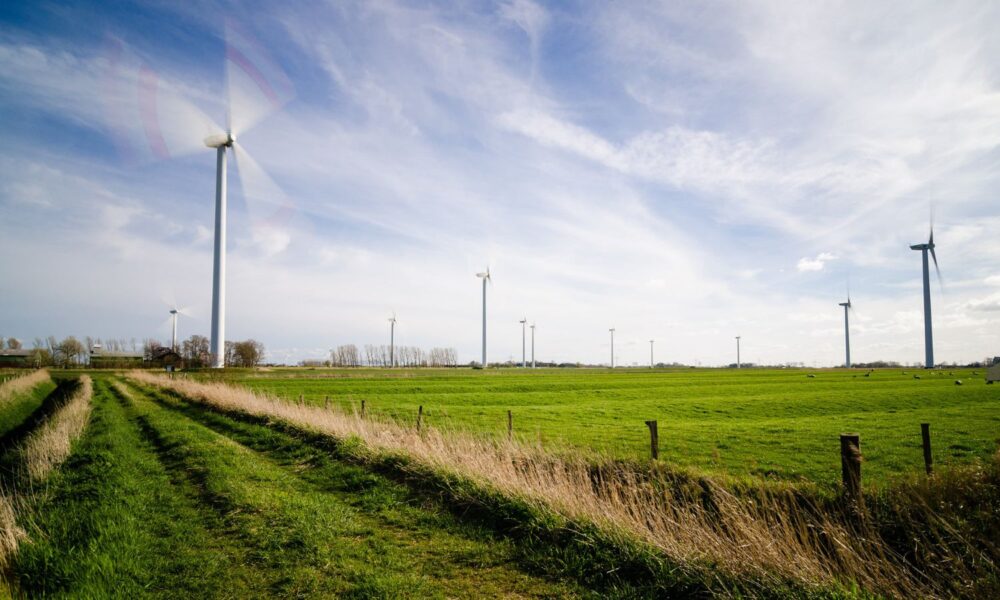These days, the world is quickly learning that energy choices are determined by pipelines and electric grid infrastructure. In the face of Russia’s weaponized manipulation of energy supplies, the public and policymakers need to plan for the future. Grid planning is central to energy reliability, affordability and fuel choice. Overreliance on gas is becoming a winter reliability problem that grid planners failed to anticipate. The way out is by ending the delays in building and connecting renewable power supplies.
Consumers, clean energy developers and state governments have all warned about a looming crisis of inadequate energy infrastructure. “Most of the nation’s transmission and distribution lines were constructed in the 1950s and 1960s, with a 50-year life expectancy, meaning they have reached or surpassed their intended lifespan” the American Society of Civil Engineers pointed out in a 2020 report.
Policy debates and calls for action are now focused on sorting out the root causes of conflicts and delays in building transmission after years of struggles that were boiling up as case-by-case problems. States are calling for transmission for new supplies in regional efforts and national state-federal collaboration. The benefits of updated transmission are obvious: greater reliability, lower energy costs, and a resilient modern power system with new clean energy sources.
Transmission planning makes energy choices possible
Most energy supplies in the United States are produced in one place and transported to consumers in other places. This isn’t much different than other commercial goods, be they lumber, food, cars, etc. Energy transportation, including the wires and pipes in local streets, are regulated to avoid monopolies overcharging consumers. Because federal rules apply to energy supplies traveling across state lines, advocates and policymakers need to understand how the Federal Energy Regulatory Commission (FERC) sets rules for how utilities and pipeline developers plan new construction.
FERC agenda’s root issues
FERC allows grid operators to plan grid upgrades in silos. This creates an expensive, nonsensical process where a utility making a transmission improvement that could lower costs for meeting energy demand does not consider the benefits of replacing wires and poles that are more than 65 years old (as the majority are). Consumers also lose out on potential savings when utilities replace aging infrastructure without considering clean energy requirements or the fact that there is a critical shortage of connections for new power plants. Because FERC fails to require utilities to look at modernizing the grid holistically, consumers, utilities and ratepayers will not get the full range of benefits when planners approve grid upgrades.
In many cases, FERC sets up transmission planning rules with no way to consider who might benefit. If there is no measurement of benefits, there is no reasonable way to control the cost to serve consumers. FERC has an outdated approach that puts planning for reliability—and maintaining the existing supply—far above any other consideration, so it is rare for new needs or approaches to make it into transmission plans. There are forward-looking regional plans, for example, that do not anticipate even one old power plant closing anytime in the next 10 years, or project that there may be more new plants other than the ones that were requested three years ago. Other planning abuses allowed by FERC include assigning to new wind farm developers the cost of reliability transmission fixes that the planners previously identified.
The Union of Concerned Scientists shared our critique of FERC’s current rulemaking to encourage the agency to require transmission planners to consider utility company supply plans, state laws that will shape future supply plans, and the age of old equipment. As long as transmission planners ignore the interrelationship among these factors, the grid will become even more dependent on fossil gas and, suddenly, world events. Making this process more inclusive and sorting out how to fully recognize such benefits as reliability in winter or lower consumer costs will speed investment in a modern grid and a reliable energy supply.

